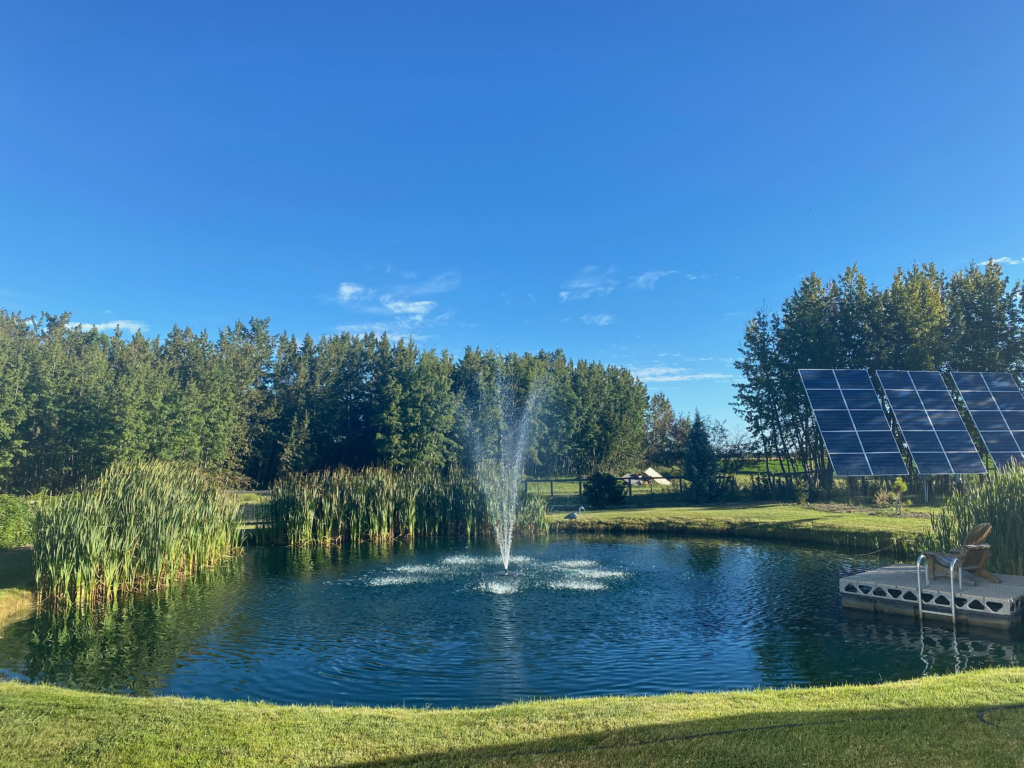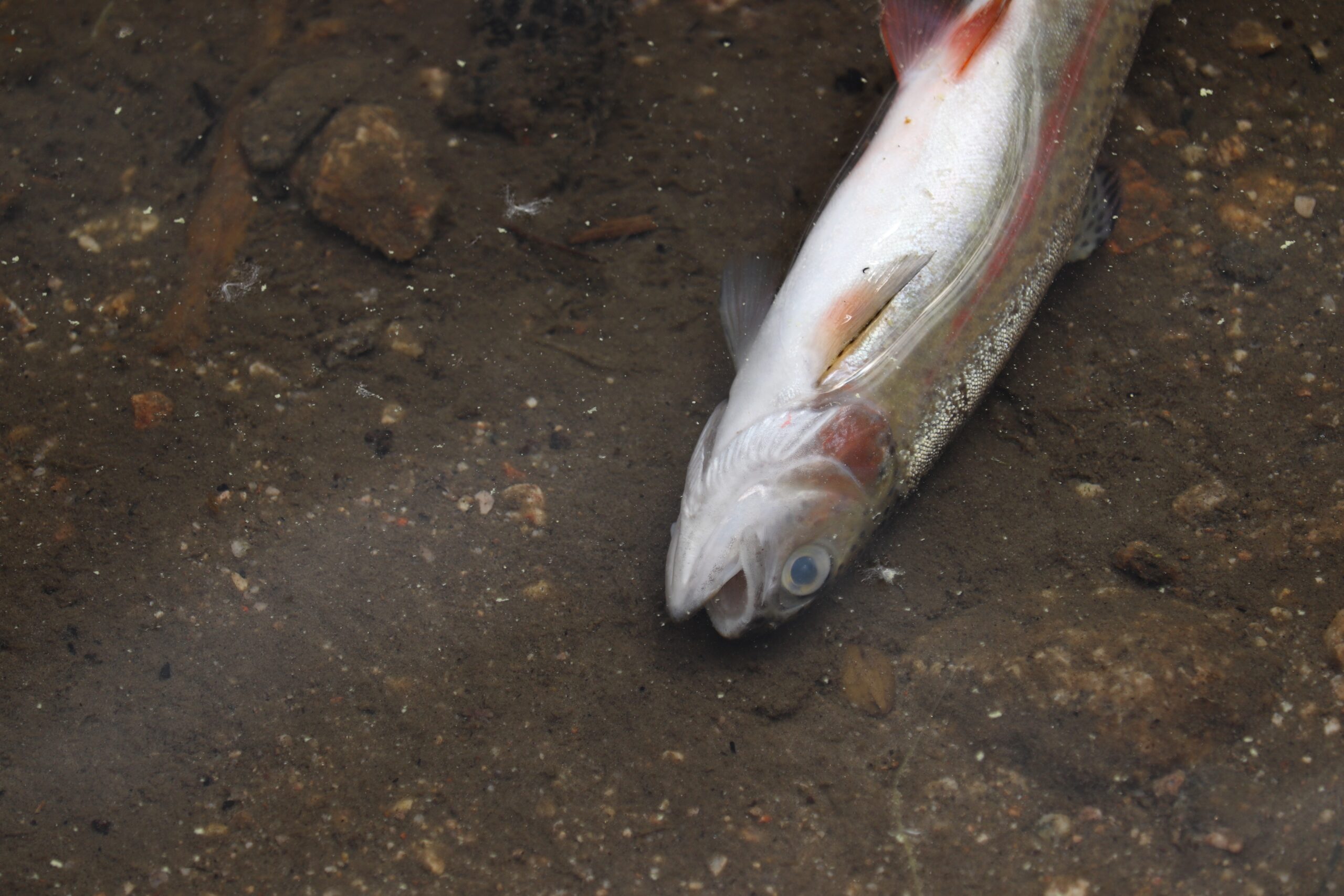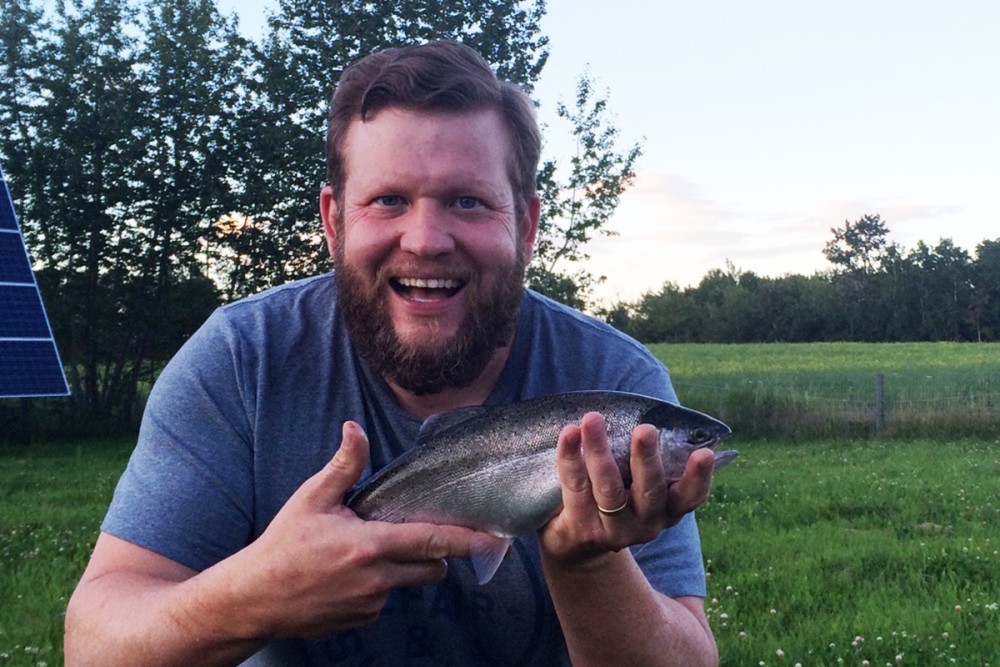Managing Water Quality and Preventing Fish Kills During Summer
Summer is in full swing, so the temperature gauge is climbing. In the coming weeks, we’ll see many days where the thermometer hits the 30s. What does that mean for managing your pond and fish population?
Water quality parameters can change dramatically with temperature. Dissolved oxygen and water temperature are inversely related, meaning as your pond or lake heats up, its ability to retain oxygen drops. Additionally, aquatic biological activity speeds up with warmer water. Fish, microbes and other aquatic life consume less oxygen in cold water due to a slower metabolism and more oxygen as temperatures increase. The wind is a major factor in the oxygen transfer rate from the atmosphere. Hot is bad. Hot and calm is worse. This combination of factors can create a situation where more oxygen is used while less is added, potentially crashing your pond’s dissolved oxygen levels and posing a risk for summer fish kills.
Oxygen is also essential to managing nutrients in your pond. When dissolved oxygen levels drop over the sediments, nutrients like phosphates are released, which can drive algal blooms. Some of these blooms can produce toxins that are potentially harmful to animals and people.
How to Reduce the Risk of a Summer Fish Kill and Keep Algae Managed
Proper Diffused Aeration
If your pond or lake doesn’t have a properly sized aeration system, it can be challenging to add enough oxygen during hot weather. If you don’t have an aeration system, talk to us about getting one.
If you have an aeration system—the last thing you want is for it to break down during a heatwave—make sure your compressor or air pump is well maintained and produces maximum airflow. We stock rebuild kits and replacement filters for most major brands.
Aquatic Dye
Pond Dye is the most popular treatment product we supply to our customers, and for good reason. It is affordable and provides several benefits, the most important at this time of year is its ability to help prevent water temperatures from rising as much. This increases the oxygen that can be held in the water and keeps the fish further away from levels that could be stressful or cause a summer fish kill.
A cautionary note: ONLY USE DYE IF YOUR POND IS AERATED. If you do not have a properly sized aeration system, using pond dye in a fish pond is a bad idea. It cuts sunlight penetration into the water, decreasing the oxygen produced by algae and weeds—potentially crashing oxygen levels.
Fountains

Even a well-sized diffused aeration system can struggle to keep up with the oxygen demand in a pond during heat waves. Adding a fountain can boost your aeration system’s performance by substantially increasing the oxygen transfer rate from the atmosphere. Fountains also lower pond temperature through evaporative cooling. Plus, they look and sound great!
Common Questions
Can I Put My Aeration System on a Timer?
Possibly. Generally, you are better off running your aeration system 24/7 during hot weather. Many factors must be considered, such as water body size, aeration system size, water depth, oxygen demand, and whether you use dye or a fountain. Please send us an email if you have questions about using timed aeration.
How Dark Should My Pond Dye Be?
We recommend using a visibility test to check the colour density. Keeping the colour dark enough to see a maximum of 2 feet or 60cm into the water, or less, will give you a measurable reduction in water temperature. This also helps reduce weed and algae growth by limiting photosynthesis and can lessen bird predation on your fish.
We have fountains, aeration systems, pond dye, treatments, fish feed, and feeders in stock. Struggling with water quality or worried about potential fish kills? Complete our pond Pond Consultation Form if you want some help with your pond.
Send an email to [email protected] if you have questions or want us to ship you anything. Product pickups at the farm can be booked here.



